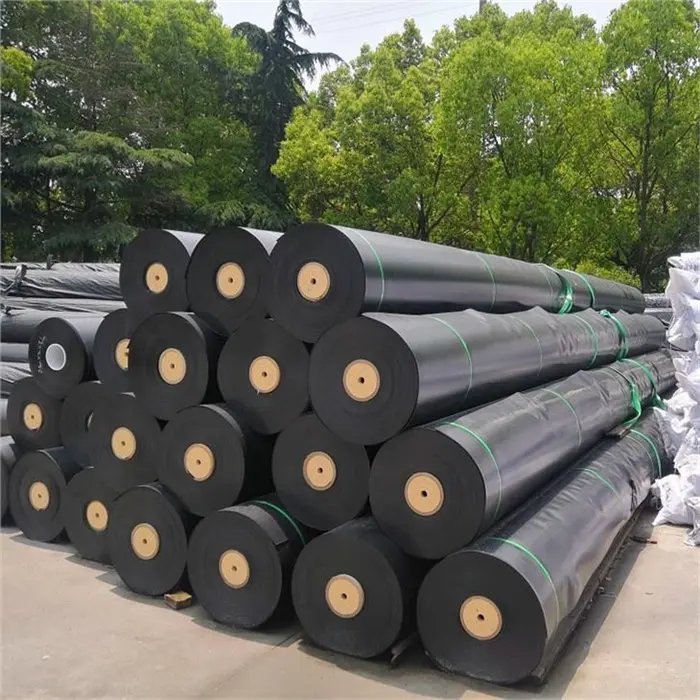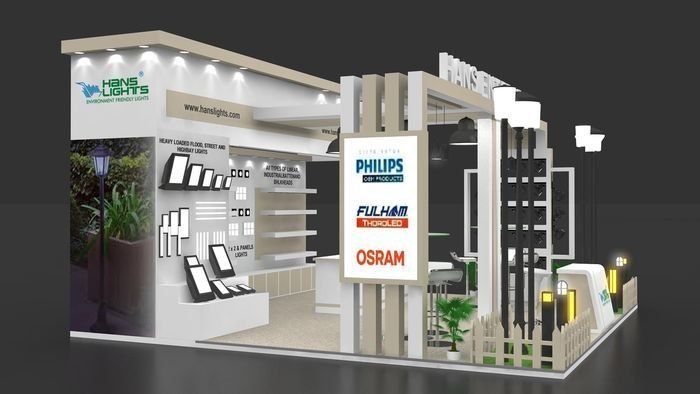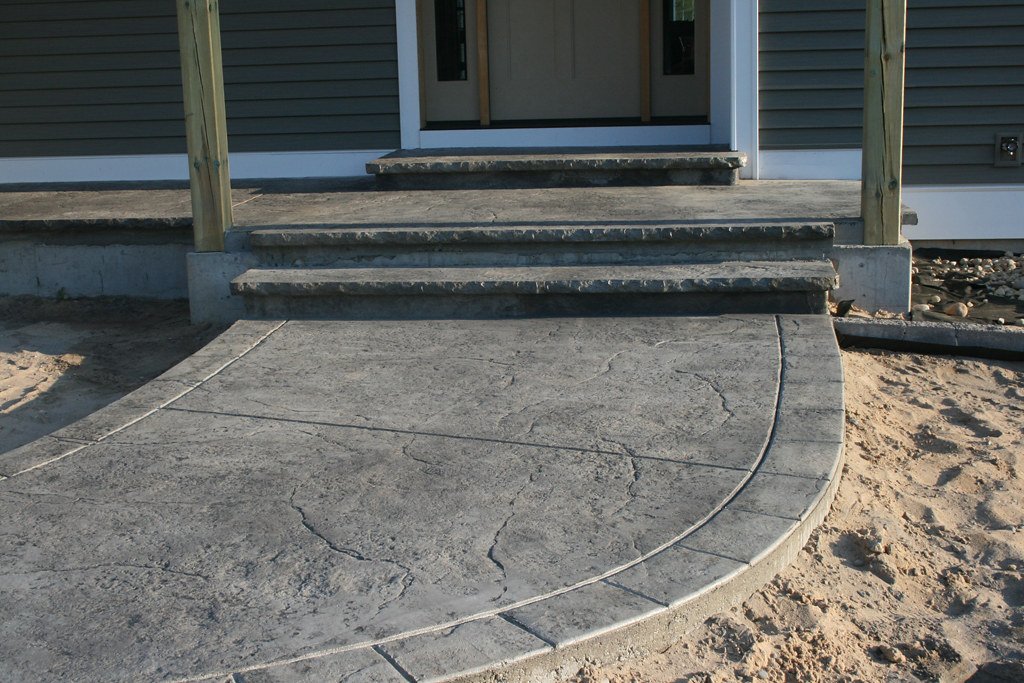Introduction to HDPE Membrane
HDPE membrane, or High-Density Polyethylene membrane, is a synthetic material known for its durability, flexibility, and resistance to chemicals. This versatile material plays a key role in various industries, including construction, agriculture, and environmental protection. Due to its impermeable properties, HDPE membrane is widely used for waterproofing, containment, and stability in different applications.
HDPE membrane offers exceptional resistance to UV rays, chemicals, and environmental stress. Its strong structure prevents leaks, ensuring long-lasting performance. Whether in landfills, reservoirs, or mining projects, HDPE membrane enhances safety and sustainability. Its ability to resist extreme temperatures and harsh environmental conditions makes it a preferred choice for Musa Poly Pack. Additionally, its lightweight nature allows for easy transportation and installation, reducing labor and operational costs.
Characteristics of HDPE Membrane
HDPE membrane is designed to meet rigorous industrial standards. Its composition and physical properties make it an ideal choice for demanding applications. Some key characteristics include:
- High Tensile Strength: HDPE membrane withstands extreme pressures and environmental conditions, making it suitable for applications that require durability and structural integrity.
- Chemical Resistance: It resists acids, alkalis, and hydrocarbons, making it suitable for industrial applications where exposure to harsh substances is common.
- UV Protection: HDPE membrane remains stable under prolonged sun exposure, ensuring long-term performance in outdoor applications.
- Puncture Resistance: Its tough composition prevents damage from sharp objects, enhancing reliability in challenging environments.
- Low Permeability: Ensures effective containment and leakage prevention, which is crucial for waste management and water conservation.
- Flexibility: Despite its strength, HDPE membrane is flexible enough to conform to various surfaces, making it easy to install on uneven terrains.
Applications of HDPE Membrane
HDPE membrane is widely utilized across various industries due to its remarkable strength and adaptability. Below are some of its most common applications:
- Landfill Liners: Acting as a crucial barrier in landfills, HDPE membrane prevents toxic waste from contaminating soil and groundwater. This containment ensures environmental safety and minimizes hazardous material exposure.
- Water Reservoirs and Ponds: Used to line reservoirs, ponds, and artificial lakes, HDPE membrane significantly reduces water loss from seepage while keeping external contaminants at bay.
- Mining Industry: In mining operations, HDPE membrane plays a vital role in tailings storage facilities and heap leach pads, effectively containing hazardous byproducts and promoting safer extraction processes.
- Road Construction: Within road infrastructure projects, HDPE membrane enhances stability while preventing water infiltration that can weaken the foundation over time.
- Tunnel Waterproofing: By serving as a moisture barrier in underground structures, HDPE membrane shields tunnels from water infiltration and potential structural damage.
- Agricultural Applications: Essential in irrigation systems, HDPE membrane improves water management efficiency. It is frequently used to line irrigation canals and agricultural ponds.
- Roofing and Construction: In commercial and residential buildings, HDPE membrane acts as a waterproofing layer, protecting structures from leaks and moisture-related issues.
- Aquaculture: For fish and shrimp farming, HDPE membrane lines ponds, ensuring a well-controlled and secure environment for aquatic life.
- Oil and Gas Industry: Used in containment systems, HDPE membrane prevents spills and leaks, thereby contributing to environmental protection and compliance with safety regulations.
Benefits of HDPE Membrane
The rising preference for HDPE membrane stems from its numerous advantages:
- Long-Term Durability: Built to last for decades, HDPE membrane requires minimal upkeep, offering a cost-effective and reliable solution.
- Cost Savings: Its ability to prevent damage and leaks lowers maintenance expenses, making it a smart investment for large-scale projects.
- Environmental Protection: By effectively containing waste and safeguarding groundwater, HDPE membrane plays a crucial role in pollution prevention.
- Lightweight and Flexible: Easy to transport and install, it reduces labor and logistical challenges while adapting well to various surfaces.
- Minimal Maintenance: Unlike traditional materials, HDPE membrane demands little upkeep, providing a hassle-free containment solution.
- Resistance to Biological Growth: HDPE membrane does not support bacterial, fungal, or algal growth, maintaining a clean and sanitary environment.
- Superior Weather Resistance: It withstands extreme temperature fluctuations without cracking or degrading, ensuring longevity in diverse climates.
Installation Process of HDPE Membrane
Ensuring proper installation is key to maximizing the effectiveness of HDPE membrane. The process involves the following steps:
- Surface Preparation: The installation site must be smooth, free from sharp objects, and properly compacted to prevent damage to the membrane.
- Membrane Deployment: Carefully unrolling HDPE sheets helps prevent wrinkles and ensures precise alignment for optimal coverage.
- Welding and Sealing: Advanced techniques such as high-frequency welding or extrusion welding create strong, leak-proof seams for maximum efficiency.
- Quality Assurance: Rigorous testing, including vacuum box and air channel tests, verifies the integrity of seams and overall performance.
- Final Protection: Additional protective layers, such as geotextiles, may be added to enhance durability and minimize mechanical damage.
- Edge Securing: Anchoring the membrane’s edges properly prevents shifting or displacement caused by environmental factors.
Overcoming Installation Challenges
Despite its reliability, HDPE membrane installation can present some challenges. However, these issues can be effectively managed with the right approach:
- Wrinkle Formation: Ensuring proper handling and surface preparation helps minimize wrinkles, resulting in a secure fit.
- Seam Strength Issues: Employing skilled professionals for welding reduces seam failures and enhances the membrane’s overall durability.
- Temperature Sensitivity: Installing HDPE membrane in moderate weather conditions improves flexibility and ensures optimal performance.
- Handling Large Sheets: Using appropriate equipment and trained personnel simplifies deployment and prevents accidental damage.
- Puncture Risks: Adding protective layers like geotextiles safeguards against potential punctures caused by rough surfaces or sharp objects.
- Proper Drainage: Implementing a well-designed drainage system alongside HDPE membrane prevents water accumulation and enhances efficiency.
Conclusion
HDPE membrane is an indispensable material in waterproofing, containment, and structural stability across various industries. Its impressive durability, chemical resistance, and cost-effectiveness make it the go-to solution for countless applications. Whether for environmental protection, construction, or industrial use, HDPE membrane delivers unmatched performance. With proper installation and minimal maintenance, this high-performance material ensures long-term success, reinforcing its critical role in sustainable infrastructure and environmental conservation. As industries evolve, HDPE membrane remains a vital component in creating safer, more efficient, and eco-friendly solutions.












Leave a Reply